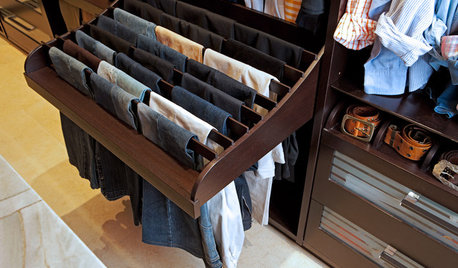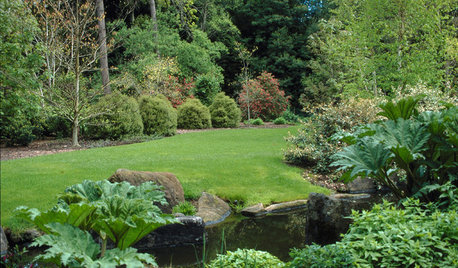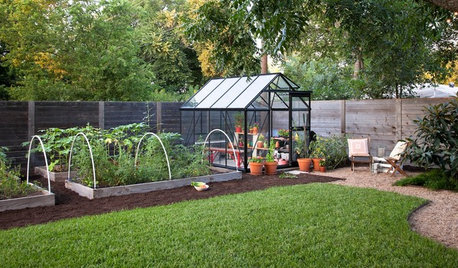New home, hydroseed is mostly dirt and crab grass now, help!
qmanchoo
10 years ago
Related Stories

INSPIRING GARDENSInside Houzz: A Waterfront Property Ditches the Grass for a Garden
New drought-tolerant plantings and outdoor gathering spaces help this California backyard take in the view without wasting space or water
Full Story
KITCHEN DESIGNThe 20 Most Popular Kitchens on Houzz
See the cool features that made these kitchens stand out from all the rest
Full Story
GARDENING AND LANDSCAPINGHouzz Survey: See What Homeowners Are Doing With Their Landscapes Now
Homeowners are busy putting in low-maintenance landscapes designed for outdoor living, according to the 2015 Houzz landscaping survey
Full Story
CLOSETSThe 15 Most Popular Closet Luxuries on Houzz
Turn distressing disarray into streamlined perfection with closet organizers and amenities like these
Full Story
PETS6 Ways to Help Your Dog and Landscape Play Nicely Together
Keep your prized plantings intact and your dog happy too, with this wisdom from an expert gardener and dog guardian
Full Story
MY HOUZZMy Houzz: Once-Bare Seattle Yard Now Fit for a Wedding
DIY patience pays off for an interior designer and a contractor who transformed their landscape for the party of their lives
Full Story
DECLUTTERINGDownsizing Help: Choosing What Furniture to Leave Behind
What to take, what to buy, how to make your favorite furniture fit ... get some answers from a homeowner who scaled way down
Full Story
GARDENING GUIDESYou Don't Need Prairie to Help Pollinators
Woodlands, marshes, deserts — pollinators are everywhere
Full Story
EDIBLE GARDENSA Formerly Weedy Lot Now Brims With Edibles and Honeybees
Photographers transform their barren backyard into an oasis filled with fruit, vegetables, honey, eggs and more
Full Story








grass1950
badhabit40366
Related Professionals
Arnold Landscape Architects & Landscape Designers · Lake Oswego Landscape Architects & Landscape Designers · Avocado Heights Landscape Contractors · Annandale Landscape Contractors · Burien Landscape Contractors · Caldwell Landscape Contractors · Fair Lawn Landscape Contractors · Fishers Landscape Contractors · Flagstaff Landscape Contractors · Fridley Landscape Contractors · Placerville Landscape Contractors · Saint George Landscape Contractors · Raytown Landscape Contractors · Brenham Swimming Pool Builders · Cedar Hill Swimming Pool Buildersdchall_san_antonio